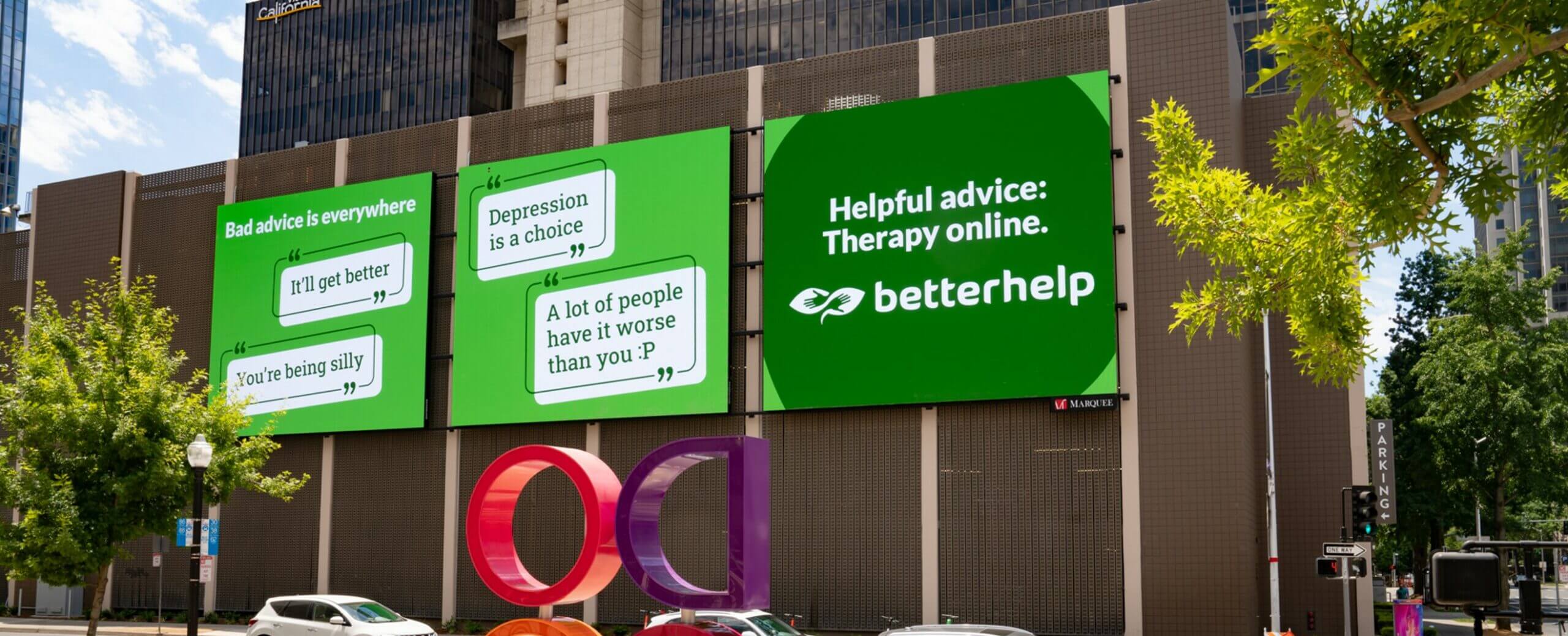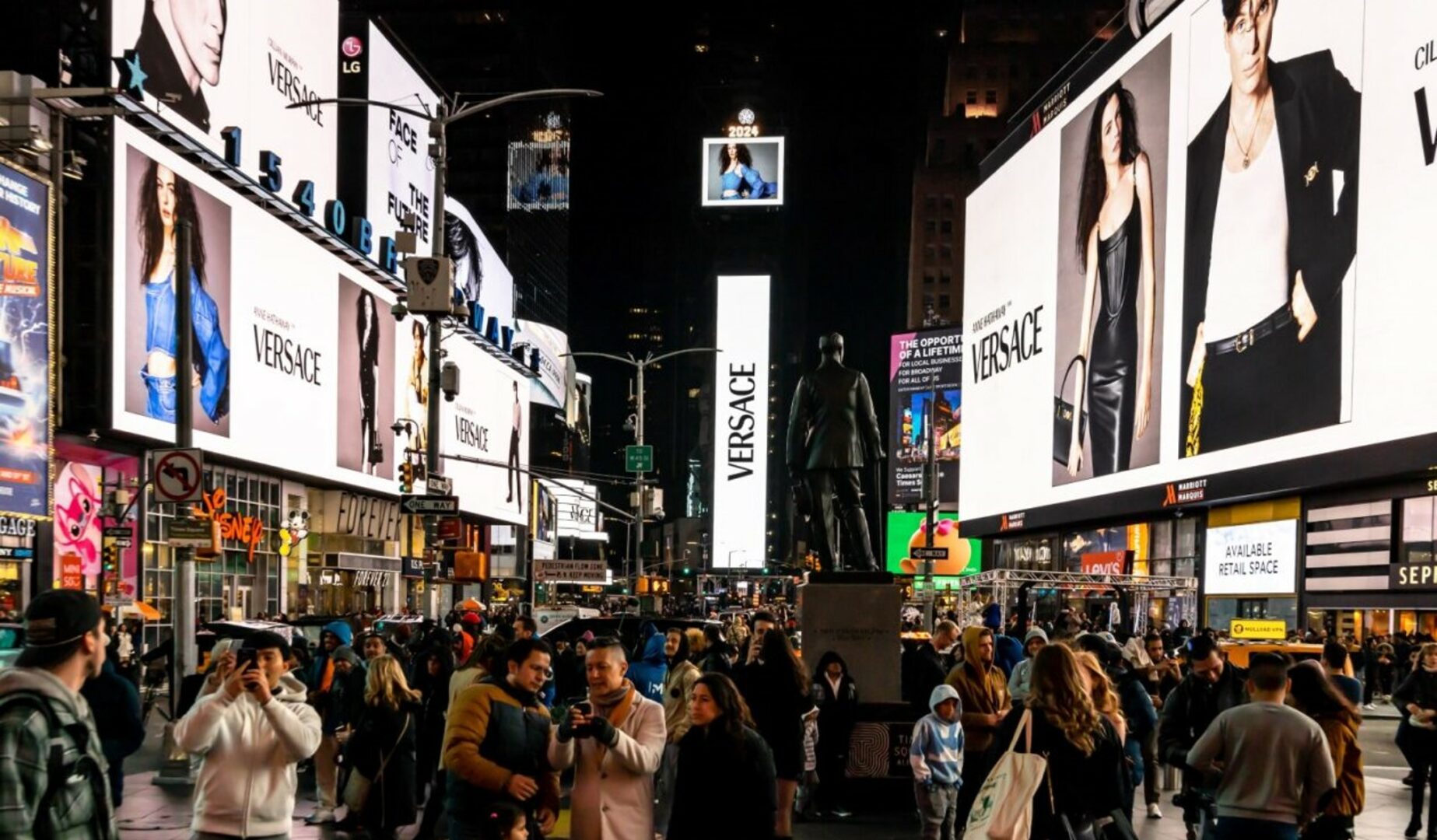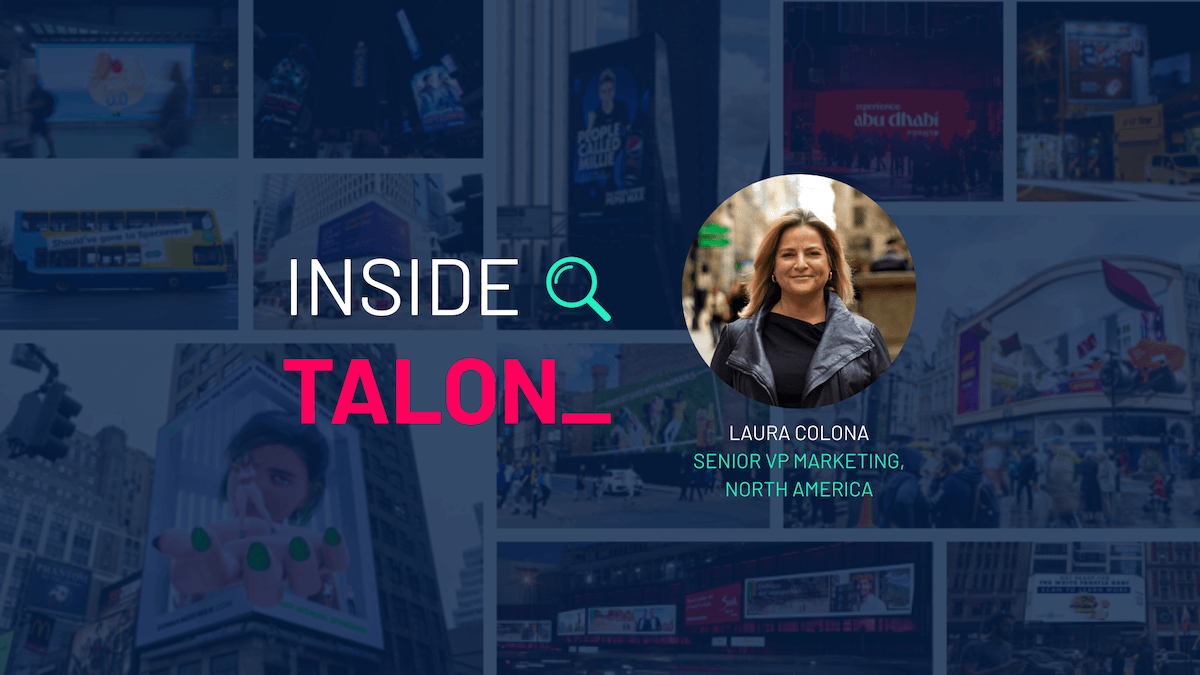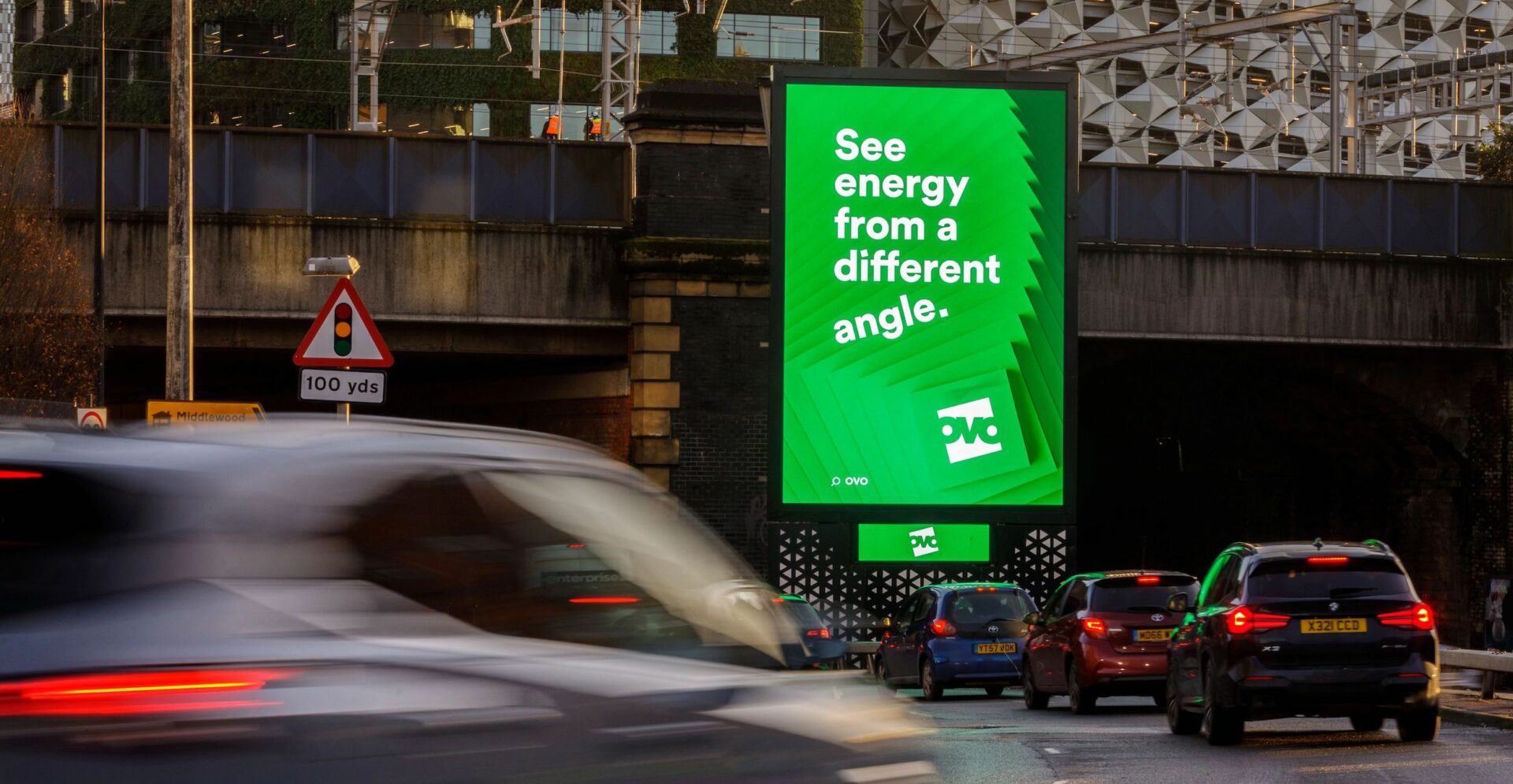Recent Brand Safety Issues Underscore the Importance of Ad Mediums Protecting Their Advertisers
Recent account verification issues on Twitter have underlined the importance of brand safety and the responsibility ad mediums have to ensure brands are protected. Out of Home (OOH) is an inherently brand-safe medium, a one-to-many channel with 100% viewability and unmissable and unskippable content that can take over an entire location.
Because the context that surrounds OOH advertising is real life, OOH has rightfully earned the reputation of being one of the most trustworthy and relevant mediums – with 58% of consumers saying they are very likely to believe messaging in OOH ads, according to a Vistar Media study.
Marketers have already shifting their ad dollars away from social media in the aftermath of Apple’s privacy changes — and our newly released Talon BWG study found that marketers are planning to shift budgets from other channels to OOH in 2023. In fact, social media (31%) represents the top channel that advertisers will shift budgets away from into OOH.
OOH campaigns have proven to outperform social
HP’s sustainability awareness campaign, which featured QR codes on high impact OOH placements in the UK, found that 97% of QR code interactions were driven by OOH ads while concurrently running on social. In the US, an OOH mental health awareness campaign called Please Stay overtook social as the number one acquisition source of consumers taking an online pledge.
Furthermore, programmatic DOOH (pDOOH) is proving to be more effective than social media — and based on a study of our Q4 2022 Atlas campaigns, pDOOH is two times more likely to drive brand preference, and delivers three times stronger uplifts in purchase intent compared to social media. Programmatic DOOH gives marketers the agility and speed they need to operate in today’s ever-changing world. With no spend commitments or guarantees, advertisers can shift budget fluidly across media owners, venue types, or locations. With consumers having fully returned to their pre-pandemic outdoor lifestyles, we expect that OOH will only continue to deliver better ROI than social media.
With more emphasis on accountability, guaranteed brand safety and performance outcomes, marketers are increasingly turning to a transformed OOH channel with data-rich capabilities for reaching high-value and engaged audiences in their daily journeys in more precise and measurable ways. With the availability of audience behavior and location data, OOH advertisers are tying ad exposure back to brand sentiment, purchase intent, location, and website visits. Thus, marketers can easily and directly correlate OOH spending with exposure and outcomes.
With brand safety being top-of-mind and becoming an added driver of shifting ad dollars to OOH, savvy marketers will be seeking transparency from their advertising partners. They’ll ask: Did my ads really run in the places where they were most likely to reach my audience and achieve my campaign goals? Transparency should be linked to value creation for trusted advertiser relationships — and choosing OOH specialists that prioritize transparent inventory partnerships, pricing, and media practices. The combination of OOH’s brand safe nature with precision targeting, measurability and unmatched creativity will continue to drive the OOH renaissance.



